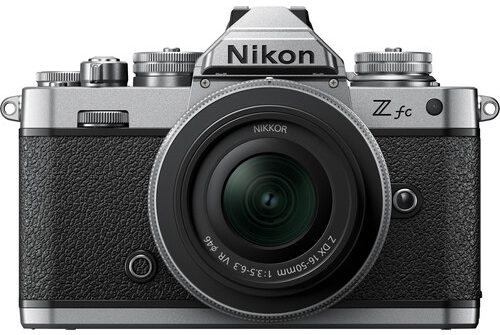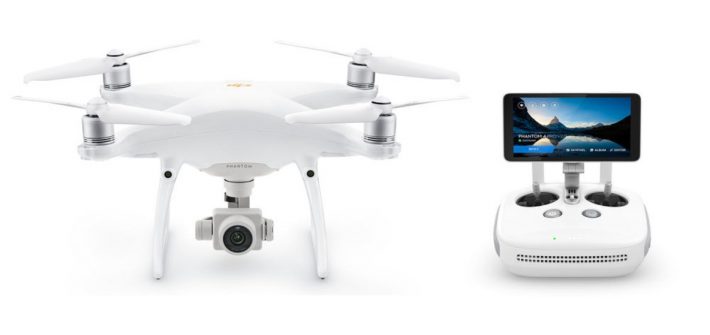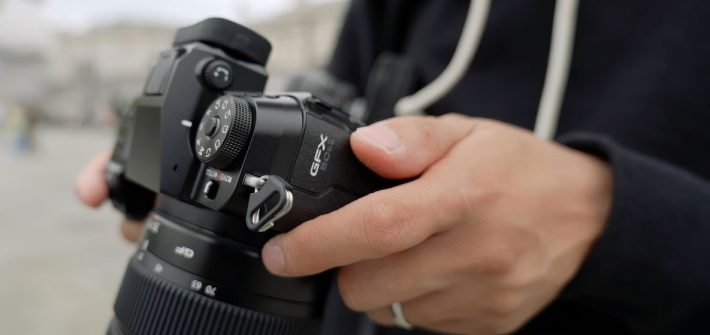Photography is tech-reliant. With cameras coming out so often, it’s easy to get lost in constantly upgrading your camera, lens, light, and so on. However, there is one thing that I am always upgrading as a professional photographer.
![]()

Food and product photography backgrounds can be incredibly difficult to come by in certain parts of the world. There are lots of tutorials out there about how to create your own textured backgrounds and wood backgrounds. But vinyl backgrounds are the bomb when it comes to portability and saving space. Creating them isn’t too difficult either.
![]()

The capabilities of smartphones when it comes to photography and videography have improved to a degree where they are legitimately useful tools for professions and enthusiasts alike. I got my hands on Zhiyun’s Smooth-Q3 to put it through its paces, and the results surprised me.
![]()

Nikkei recent published a synopsis of Techno System Research’s Market Share Survey for 2020, a detailed paywalled survey of camera shipment data from major manufacturers. The headline is a 5.0% drop for Nikon, decreasing its total market share. This isn’t great news for Nikon, but is it all it seems?
![]()

It has been over three years since any update to DJI’s Phantom series, and given how quickly the line used to see updates and how the Mavic models have progressed, it would not be unreasonable to assume the Phantom series has been put out to pasture. That might not be the case, however, as DJI’s latest event invite seems to point at a new model.
![]()

Fujifilm has confirmed on several occasions that it has no intention of producing a full frame camera. What Fujifilm has done instead is produce some of the best APS-C and medium format cameras. The most remarkable thing Fujifilm accomplished was to bring down the overall price of medium format cameras. The GFX 50 series of cameras are the most notable.
![]()

Buying a macro lens is useful for a lot of photographers in a number of different genres, however, it’s a difficult purchase to justify if you do not do much macro photography specifically. If it had some other purposes it would be a more palatable purchase, and if you take any portraits, it does have.
![]()